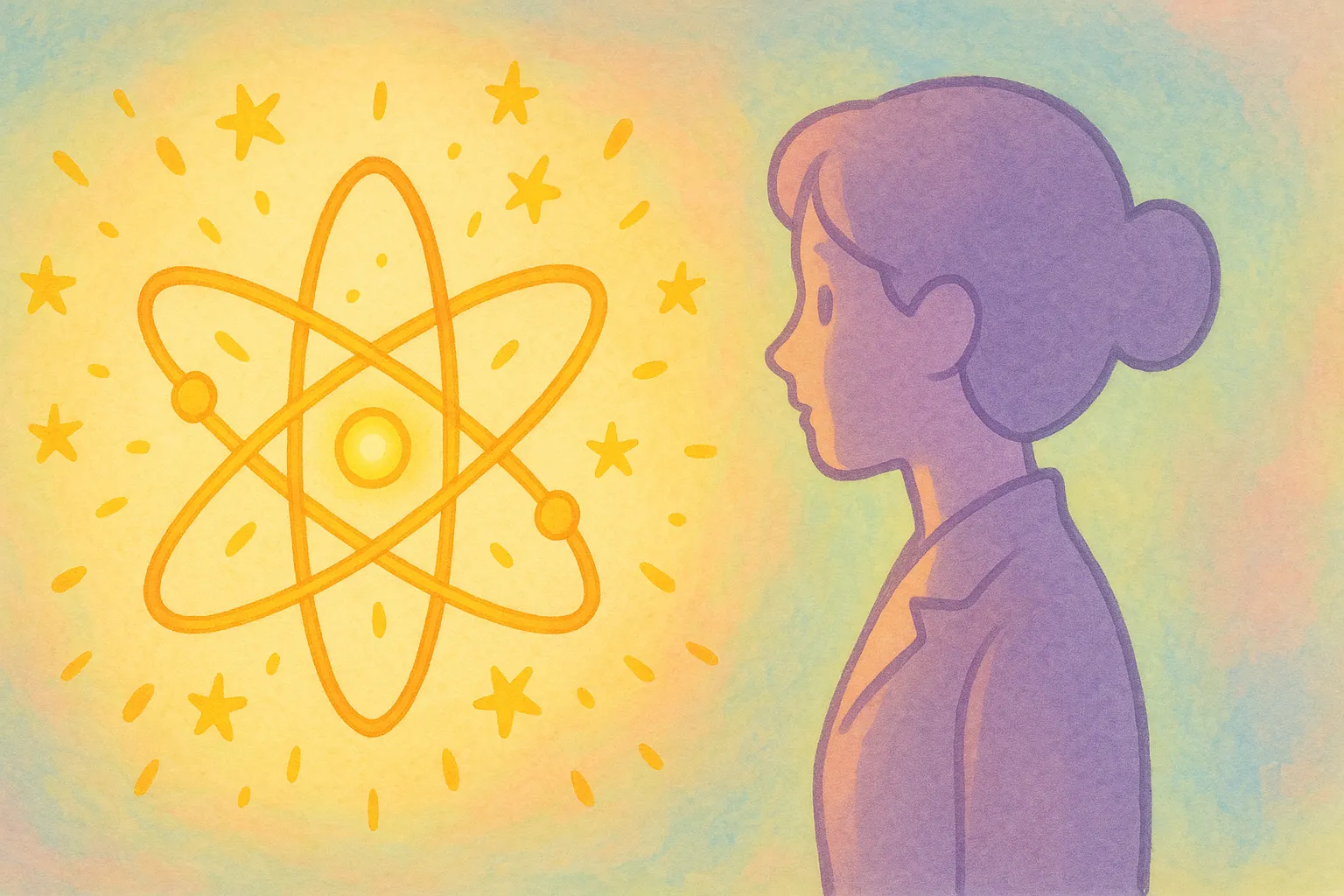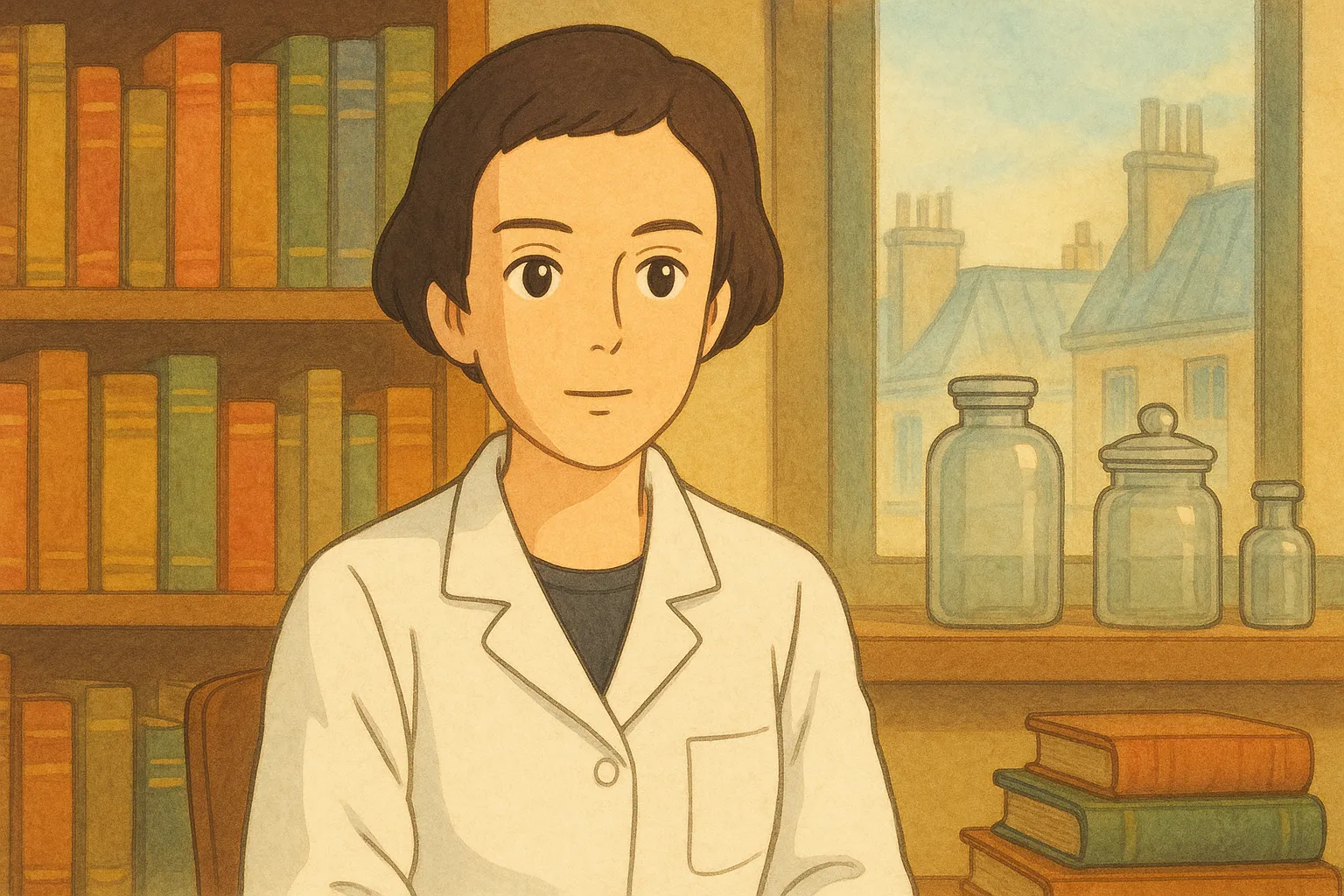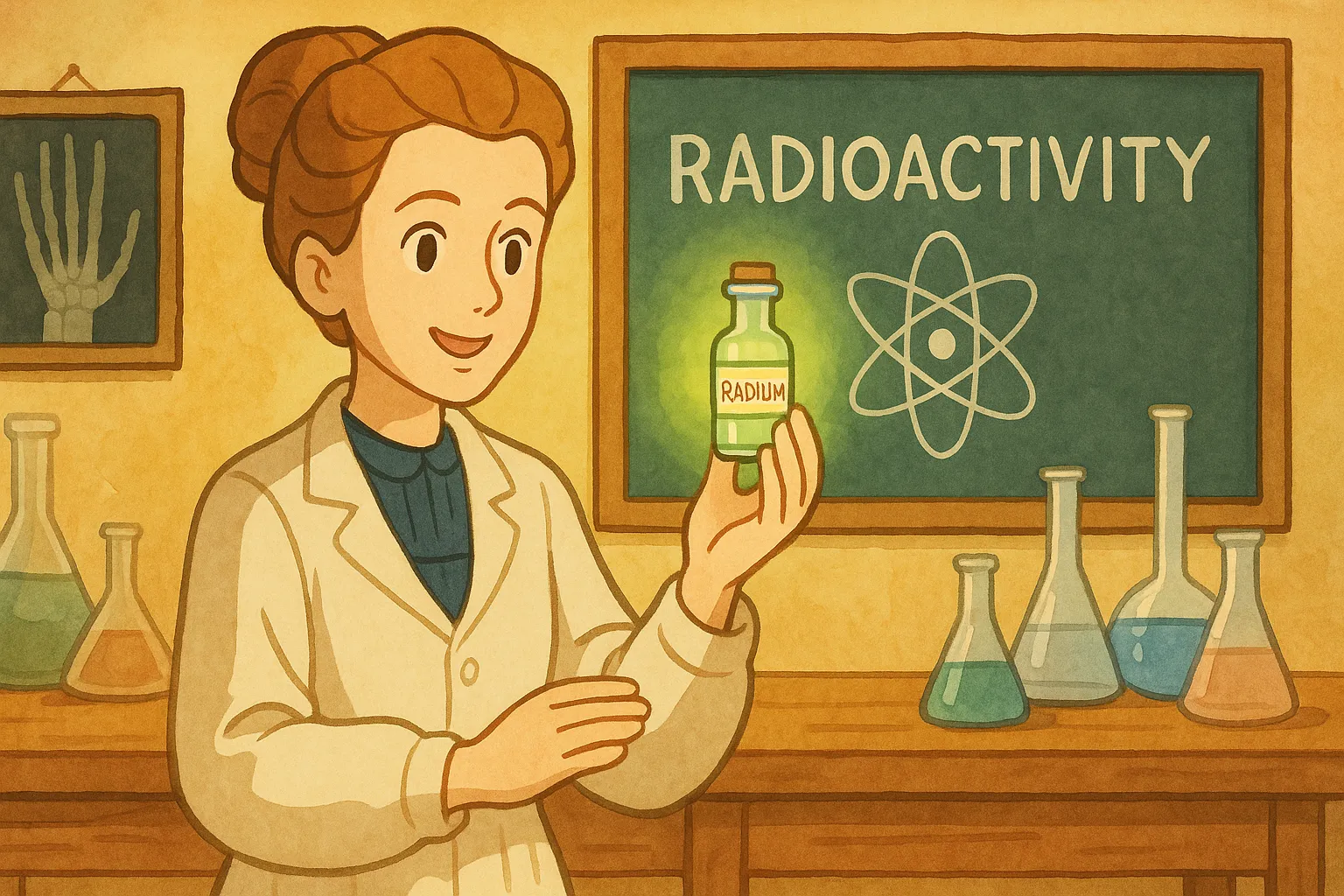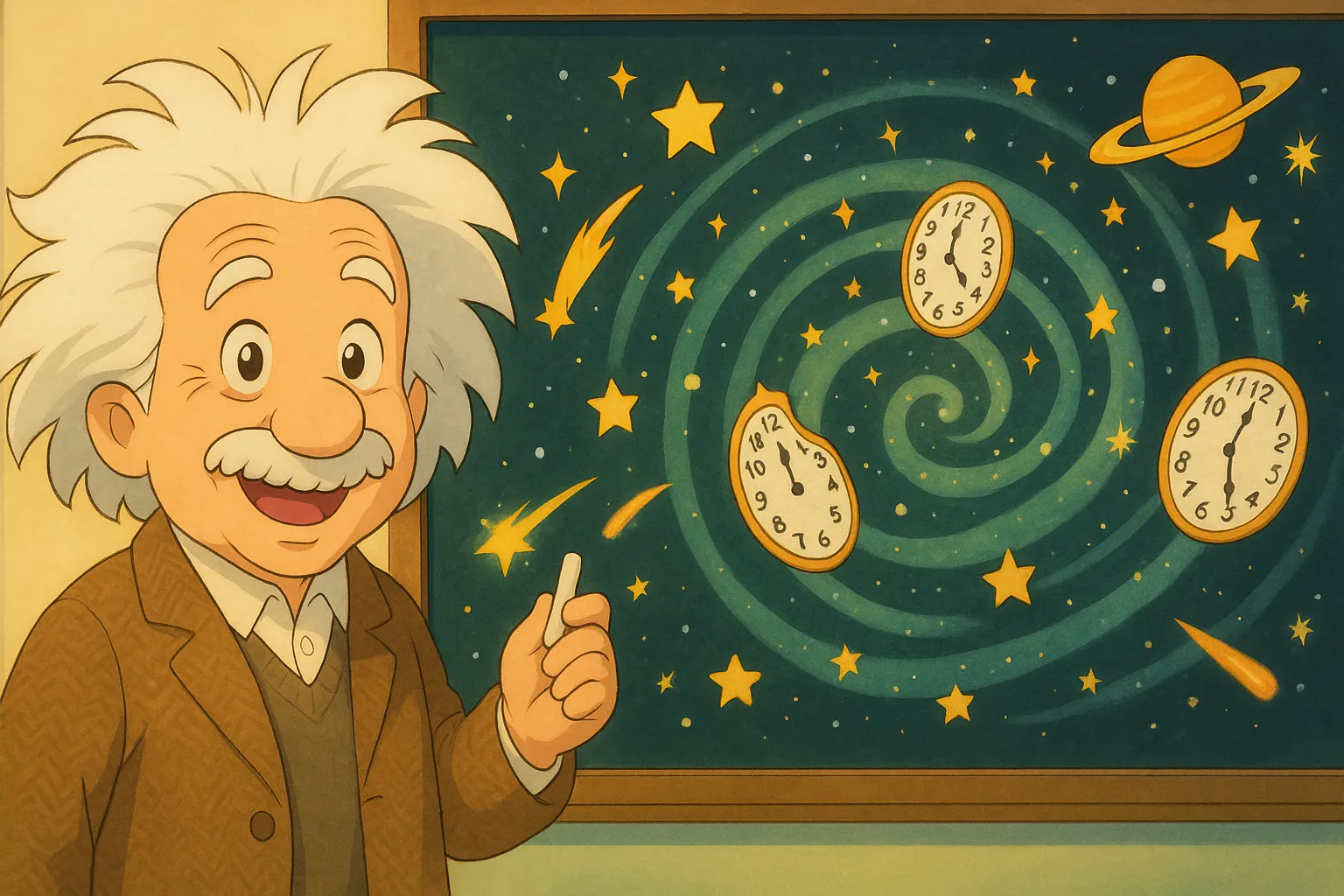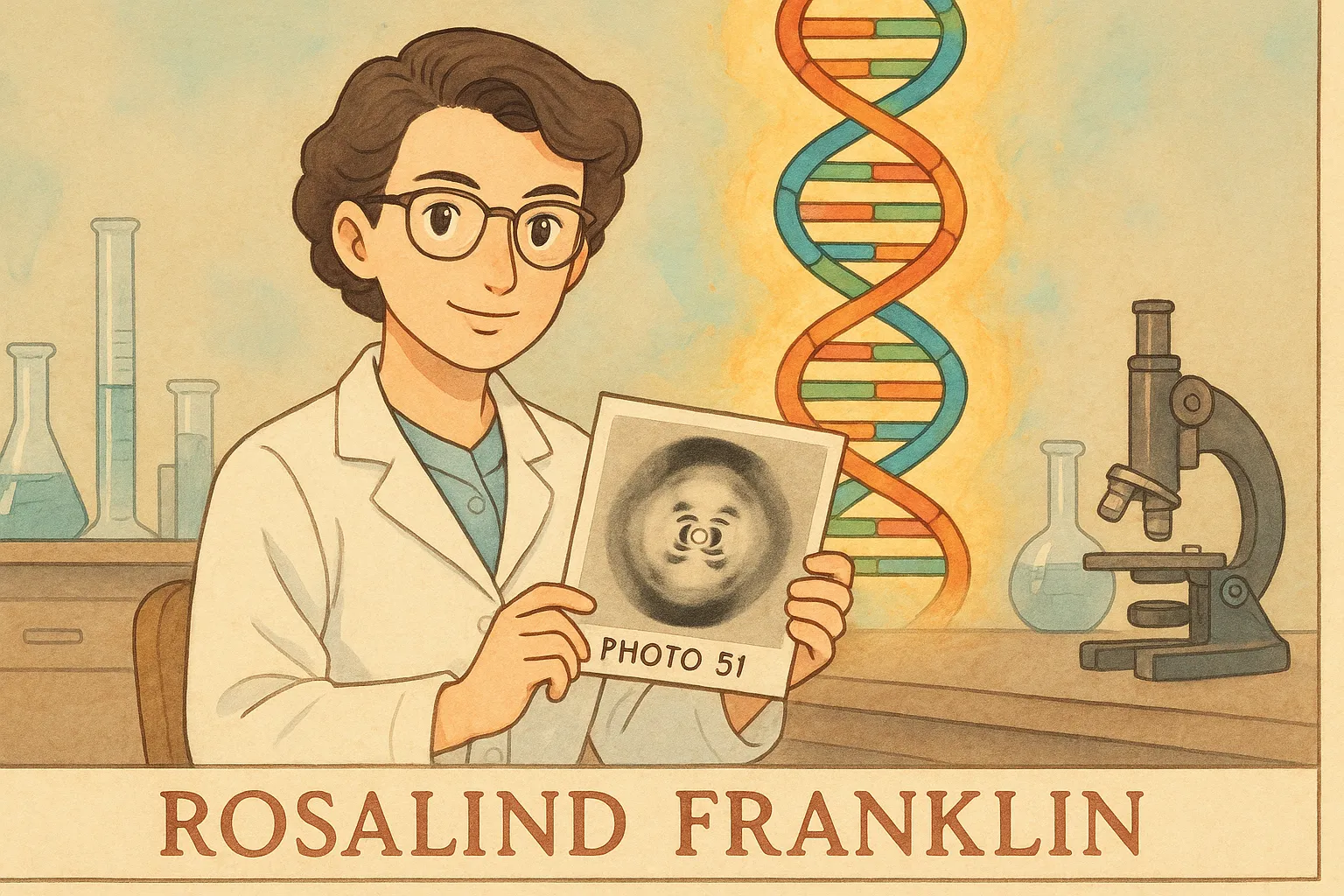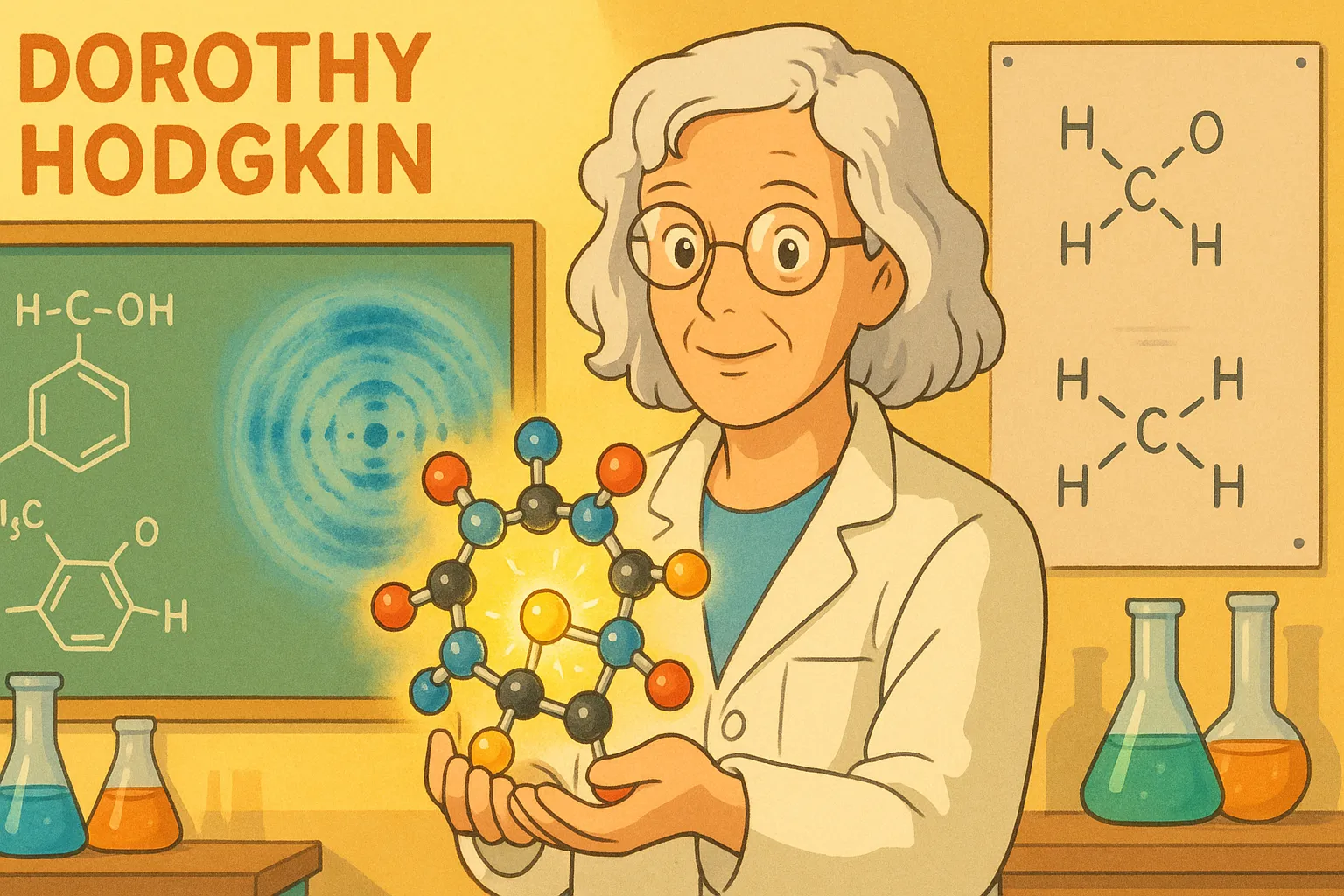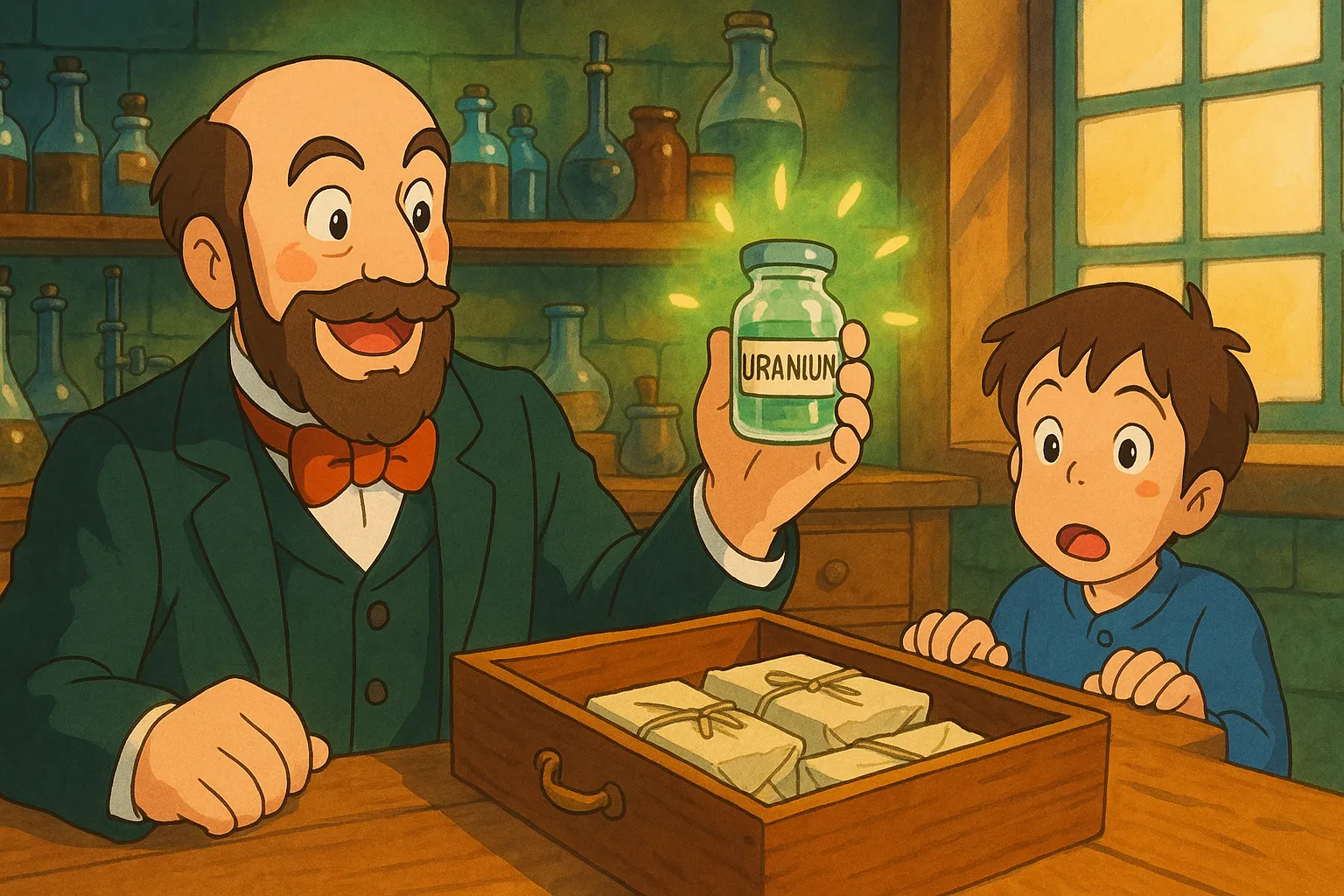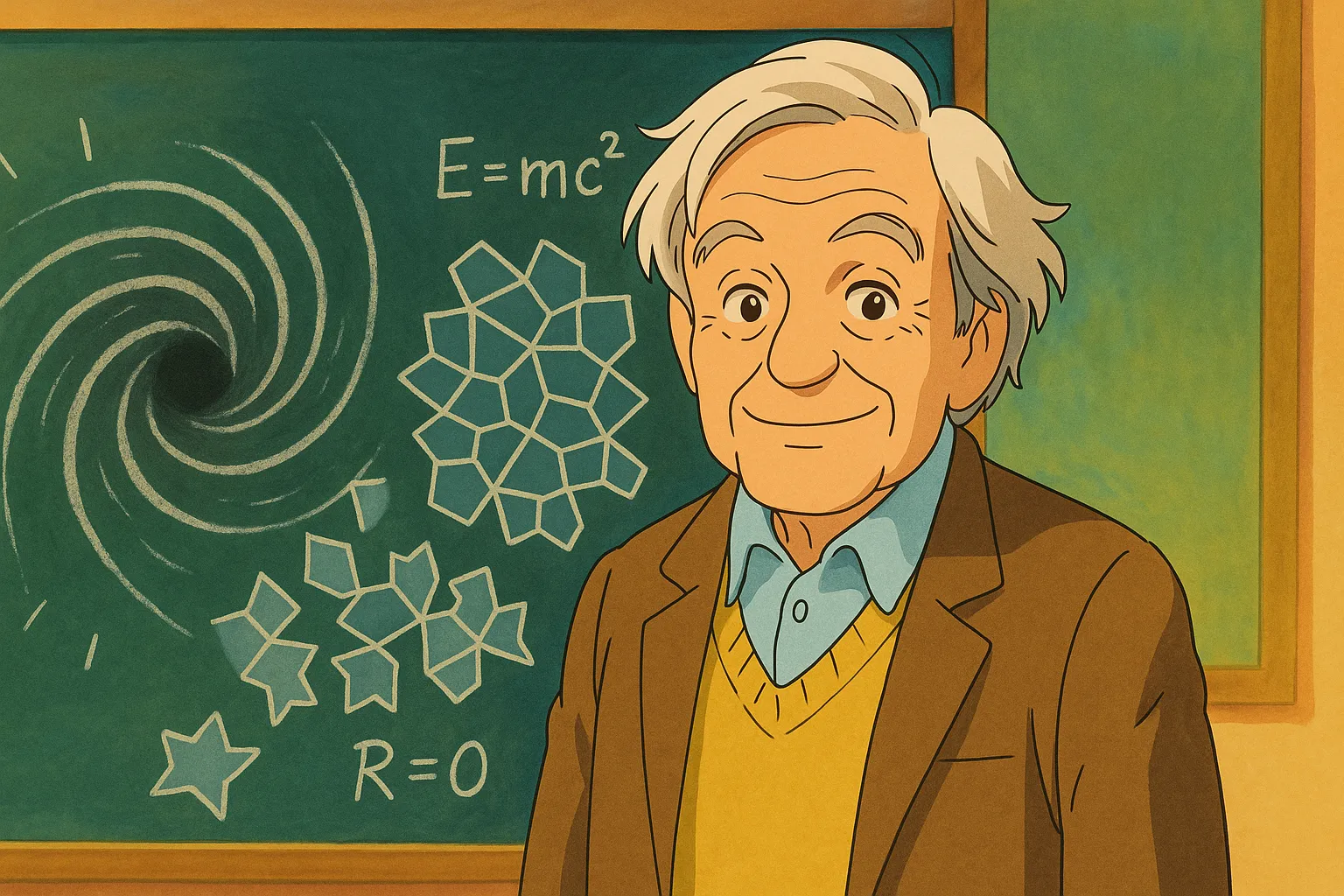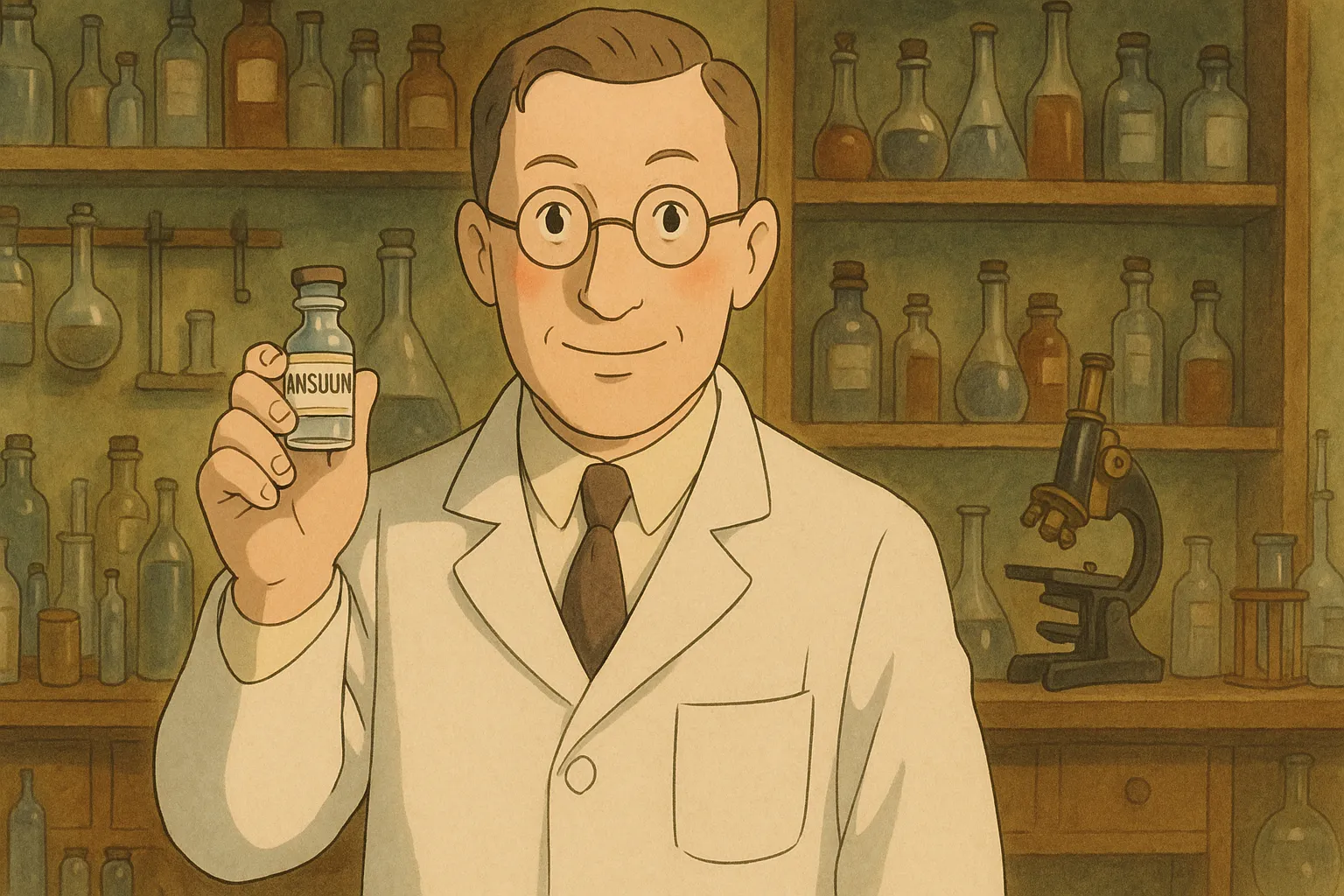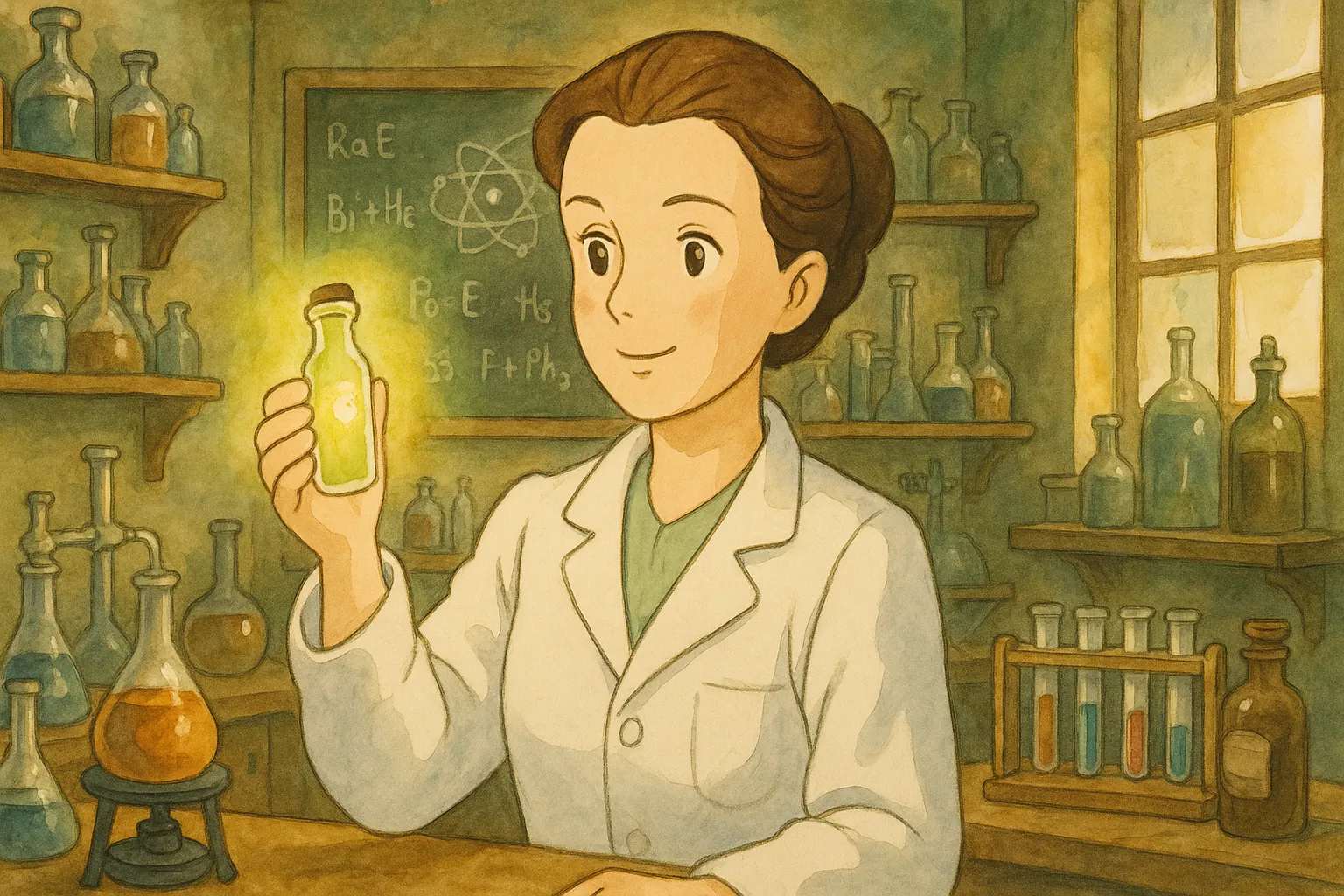
Frequently Asked Questions
What exactly is a radioisotope?
A radioisotope is an atom that gives off tiny bits of energy called radiation. Scientists use them as tracers to follow chemical steps or to help doctors see and treat problems inside the body.
How did Irène's discovery help doctors?
Her work made it possible to create radioisotopes that act like tiny beacons inside the body. Doctors use these to take images, find illnesses, and sometimes to target cancer cells.
Was her work dangerous?
Yes. Early researchers did not fully know the risks of radiation. Irène was exposed for many years and later had health problems linked to that exposure; she died in 1956.
Where can I learn more about her?
You can read reliable articles on sites like Wikipedia, Britannica, and the Nobel Prize website listed on this page.
